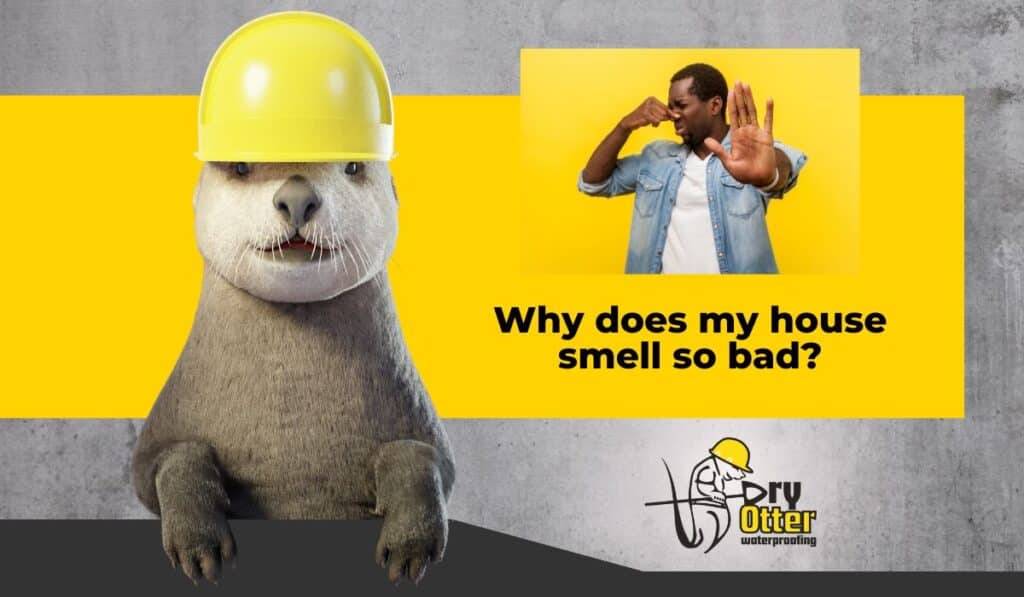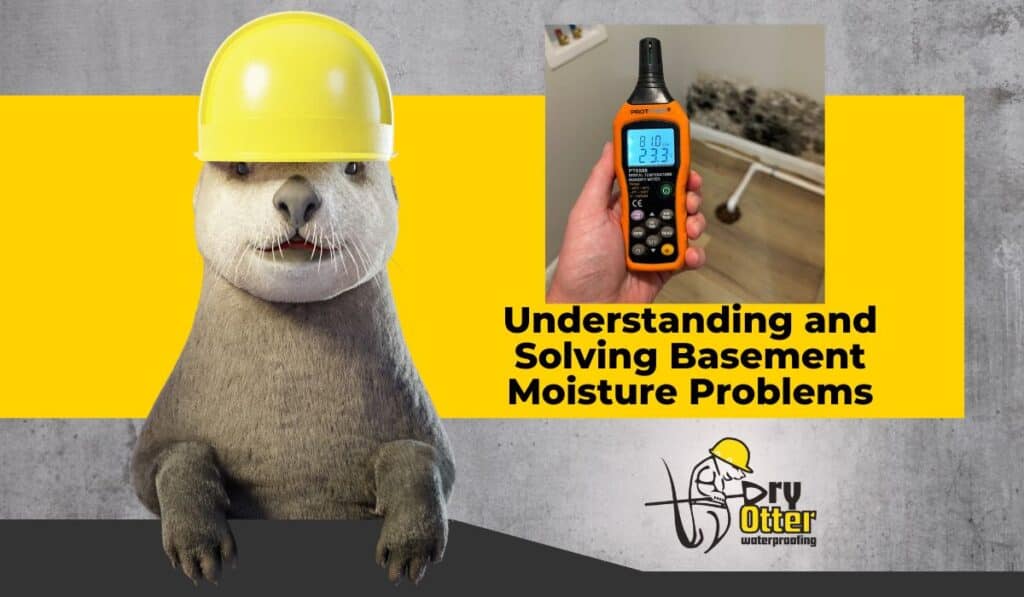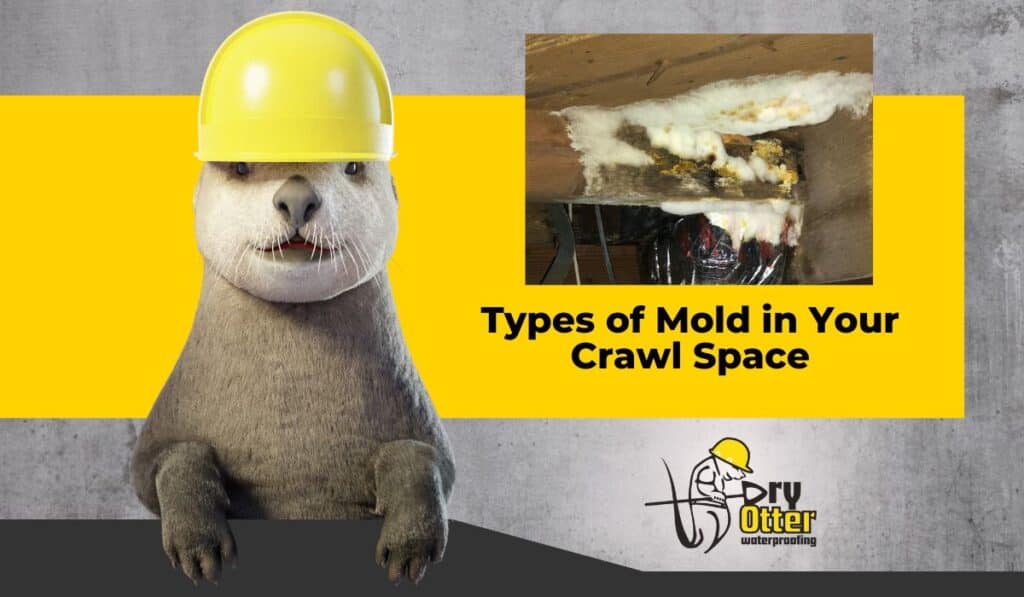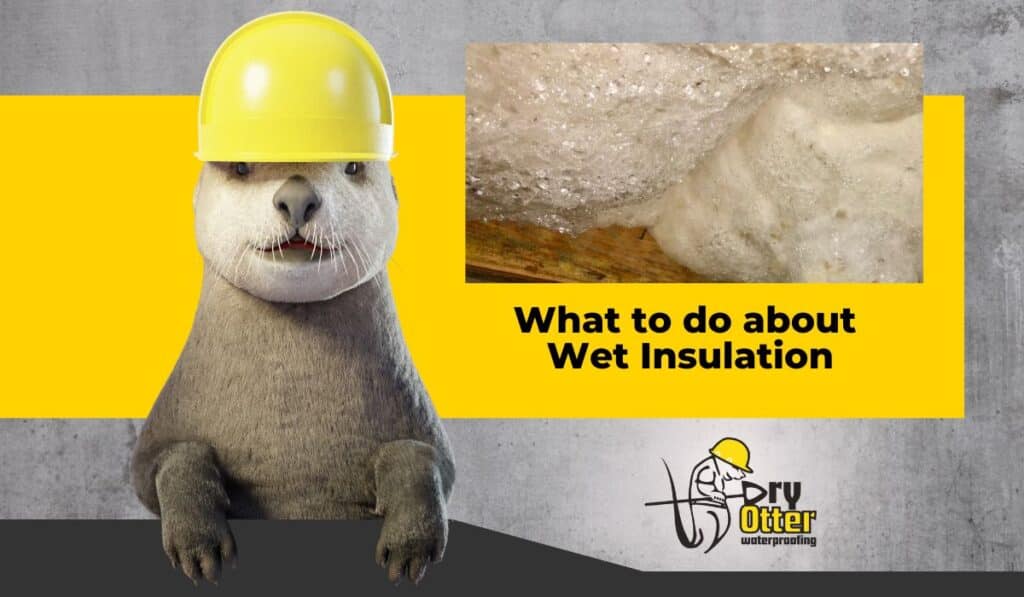You and your family may have become blind to the abstract, white powdery mural on the inside of your basement walls. But I bet when the inquisitive neighbor child visits, they ask. You never cared to look it up but her question just won’t leave your mind alone. A quick Google search results in an answer… “efflorescence”. But what exactly is efflorescence? Does it mean it’s bubbly like your midnight Alka-Seltzer? No. That is ‘effervescent’. Does it mean it glows under a black light? No. That is ‘fluorescent’. It means that there the salts that make up the concrete walls in your basement have been pushed to the surface of the block by water coming in from the ground outside, and left salt deposits on the surface. Literally, the salts have flowered; efflorescence meaning “the action or process of developing and unfolding as if coming into flower” per good old Merriam-Webster. Usually, efflorescence on basement walls isn’t bad enough to remotely look like a flower, it’s barely raised in most cases. But in this article we’ll answer all these questions you didn’t think to ask- until now- 1.) What is efflorescence? 2.) Is efflorescence harmful? and 3.) What should I do about it?
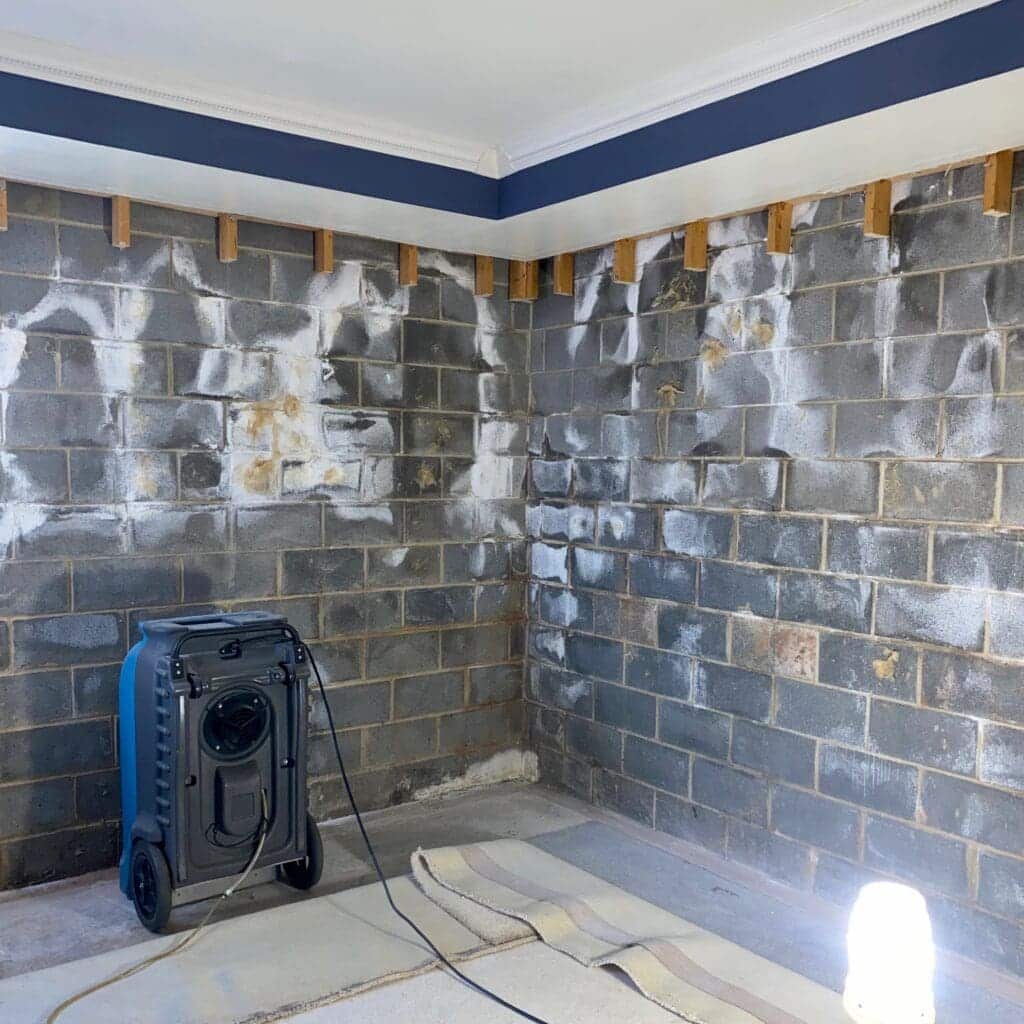
What is Efflorescence?
What is efflorescence? As mentioned earlier, efflorescence is the white powdery substance often found on basement walls. It occurs when water seeping through concrete dissolves salts and then leaves them on the surface as it evaporates. This phenomenon, known as efflorescence, is a common issue in many basements, crawl spaces too.
Is Efflorescence Harmful?
Is efflorescence harmful? Well, it depends. If you mean can touching or smelling the salt hurt you, probably not. But the underlying cause, of water coming in through the basement walls, definitely is harmful, to both the structure of the home and the people who live in it. Efflorescence in the basement, or crawl space walls for that matter, is an indicator that water is getting in and water in basements means mold can grow and the structure of the home will over time be compromised and need foundation repair.
Mold in a basement does not only affect the basement air. Due to the stack effect, the air conditions in the basement rise up to fill the air in the home. So, if you have efflorescence in your basement, it means you could have a damp enough environment that mold is growing in your basement and coming up into your living space on the main level. You could have a better understanding of how damp your basement is with a relative humidity monitor (RH). An RH above 60% is conducive to mold growth. Mold growth can affect your family’s breathing and health.


Efflorescence in Basements
Efflorescence in basements is a common problem. The University of Minnesota Extension says that “In a 1-inch rain, 1,250 gallons of water fall on the roof of a 2,000-square-foot house. Without proper grading, gutters, and downspouts, some of this water flows into the basement.” Taking that into consideration along with what Foster Lyons, an engineer and building-science consultant says, that “concrete block… is extremely porous… In fact, this material is so porous that it puts up almost no resistance to the movement of water… Mother Nature always takes the path of least resistance, and when the water exits, it leaves behind dissolved salts on the surface of the block.”
Identifying Efflorescence vs. Mold
To the untrained eye, efflorescence on basement walls may at first sight cause you to believe it’s mold. Efflorescence is almost always white, will feel hard but possibly flaky. According to Tom Marks, the Business Development Manager with Stego Industries, “Mold and mildew will have a slimier texture and may present itself in different colors, depending on the surface substrate and the nutrient source.”
Solving the Root Cause of Efflorescence on Basement Walls
Some people say you should clean it, some people say it doesn’t matter. But whether you do or don’t, it definitely matters that you resolve the real cause, of the water coming in. Across the internet, people say things like you should seal the wall with waterproofing sealant paint, or put a dehumidifier in the basement. But those do not fix the problem of efflorescence in the basement. A permanent fix is sure to do the trick. Interior basement waterproofing is such a solution. It can consist of drainage around the interior perimeter of the foundation that routes water that squeezes in between the floor and the wall to a sump pump. It can also consist of plastic liner that is adhered to inside the basement wall. Water may still seep in, but it is going to be diverted down, by gravity, to the drain previously mentioned, and likewise, over to the sump pump. The water that is caught by the drain and plastic wall liner go to the sump pump and the sump pump pumps it out from the basement and many feet away from the foundation. This type of waterproofing will prevent mold growth and structural damage that is caused by hydrostatic pressure (which is caused by all that rainwater and groundwater that builds up just outside the basement walls in the soft backfill inserted during the construction of the home).
You Otter Get Dry
Dry Otter Waterproofing provides the permanent waterproofing discussed in this article. We are a local, independent small business that you can trust, and we provide free basement inspections. Schedule yours today.


